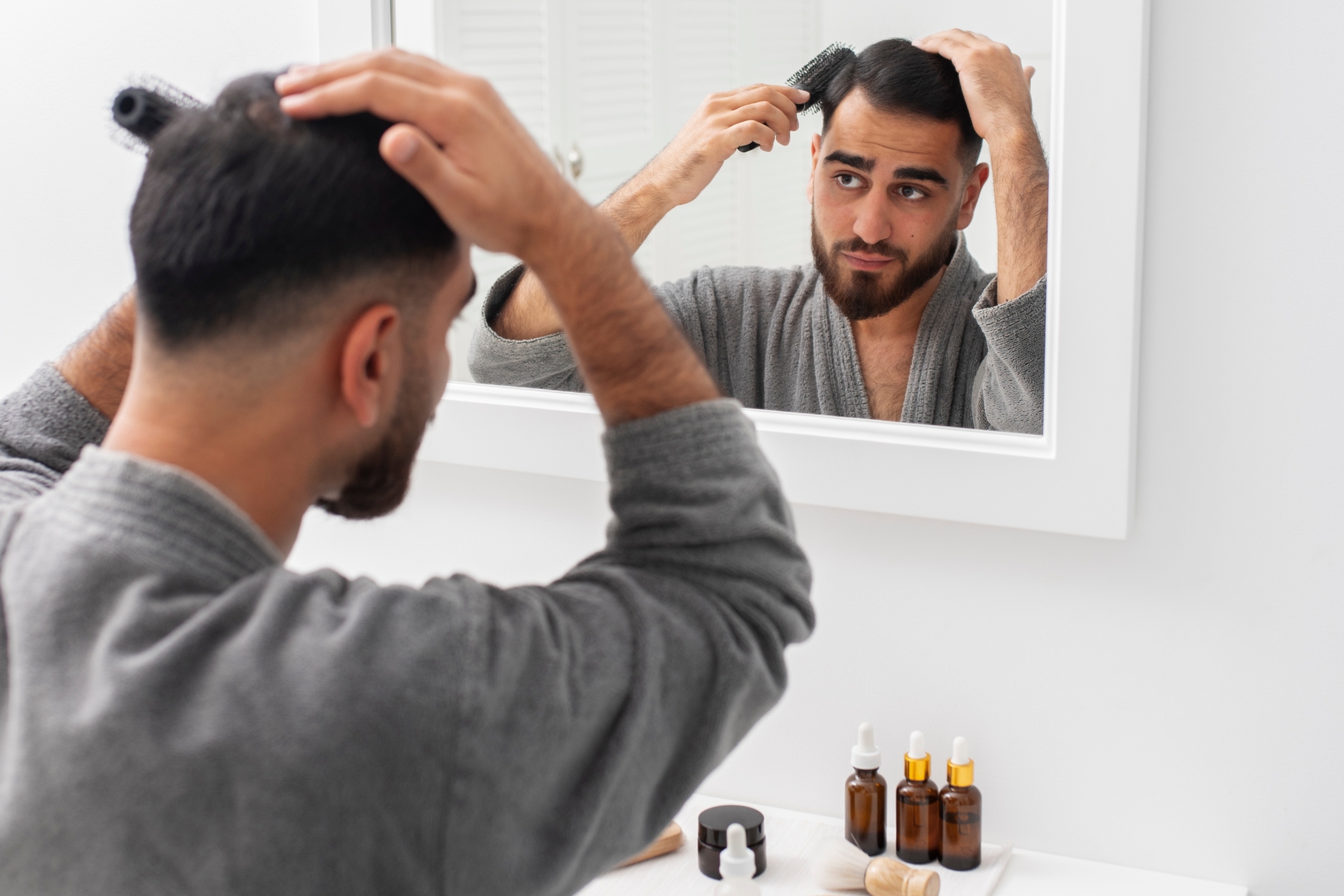Male pattern baldness, receding hairline, and hair loss are some of men’s biggest nightmares, especially for those who are only in their 30s. Having full, thick hair has always been associated with masculinity, power, and good looks, but unfortunately, many do not have this privilege.
Adopting a suitable hairstyle to conceal an exposed scalp can be the simplest and most affordable way to combat hair loss. Alternatively, shaving it all off can be one way to look like Jason Statham, but of course, most would prefer to keep any remaining hair that’s left.
Although there is no one sure way to help those weak follicles, there are numerous treatments and multiple supplements to protect your treasured asset. Here are seven ways you can attempt to stay one step ahead of hair loss.
Feed your scalp with nutrients
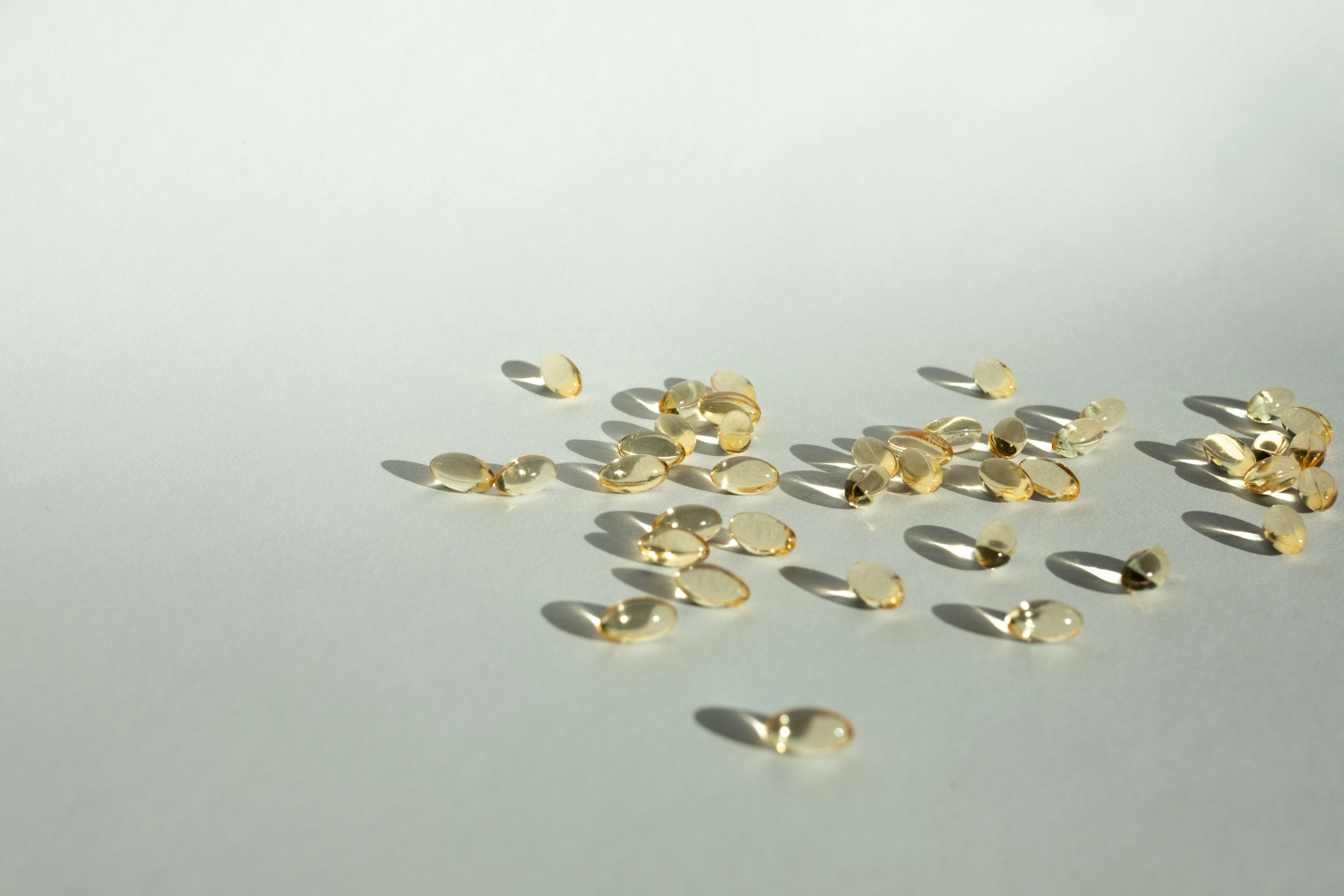
Protein is key to a head full of healthy hair, specifically Keratin. The sulphur-containing protein that hair is made of relies on dietary Keratin for its composition. Try adding sweet potatoes, sunflower seeds, salmon, and spinach to your daily diet for that extra boost of keratin. Besides that, the five-a-day of fruits and vegetables are important to get all the other essential nutrients that help with strong and healthy hair follicles. Furthermore, taking daily supplements like Vitamin B12, zinc, silica, and iron are especially good for hair health.
Manage your stress level

Stress management is a key factor when it comes to slowing down or preventing hair loss, especially if the hair loss is related to telogen effluvium, a type of temporary shedding triggered by stress. Managing stress can help prevent this from happening or minimise its severity. Meditation also helps to reduce stress by focusing on the present moment and calming the mind. It can lower cortisol levels (the stress hormone) in your body, which in turn, may help reduce stress-related hair loss. Additionally, aromatherapy massages can help relax your mind and body too.
Exercising can reduce hair fall

Exercise releases endorphins, which are natural mood elevators. Regular physical activity not only reduces stress but also improves blood circulation, which can enhance nutrient delivery to hair follicles. It doesn’t need to be intense. A daily walk, swim, cycle, or even dance can make a big difference.
If time permits, try practising yoga once or twice a week. It slows physical movement, deep breathing, and relaxation techniques to help decrease stress levels. Poses like Child’s Pose, Forward Fold, and Savasana are particularly effective for relaxation.
Get better shut-eye at night
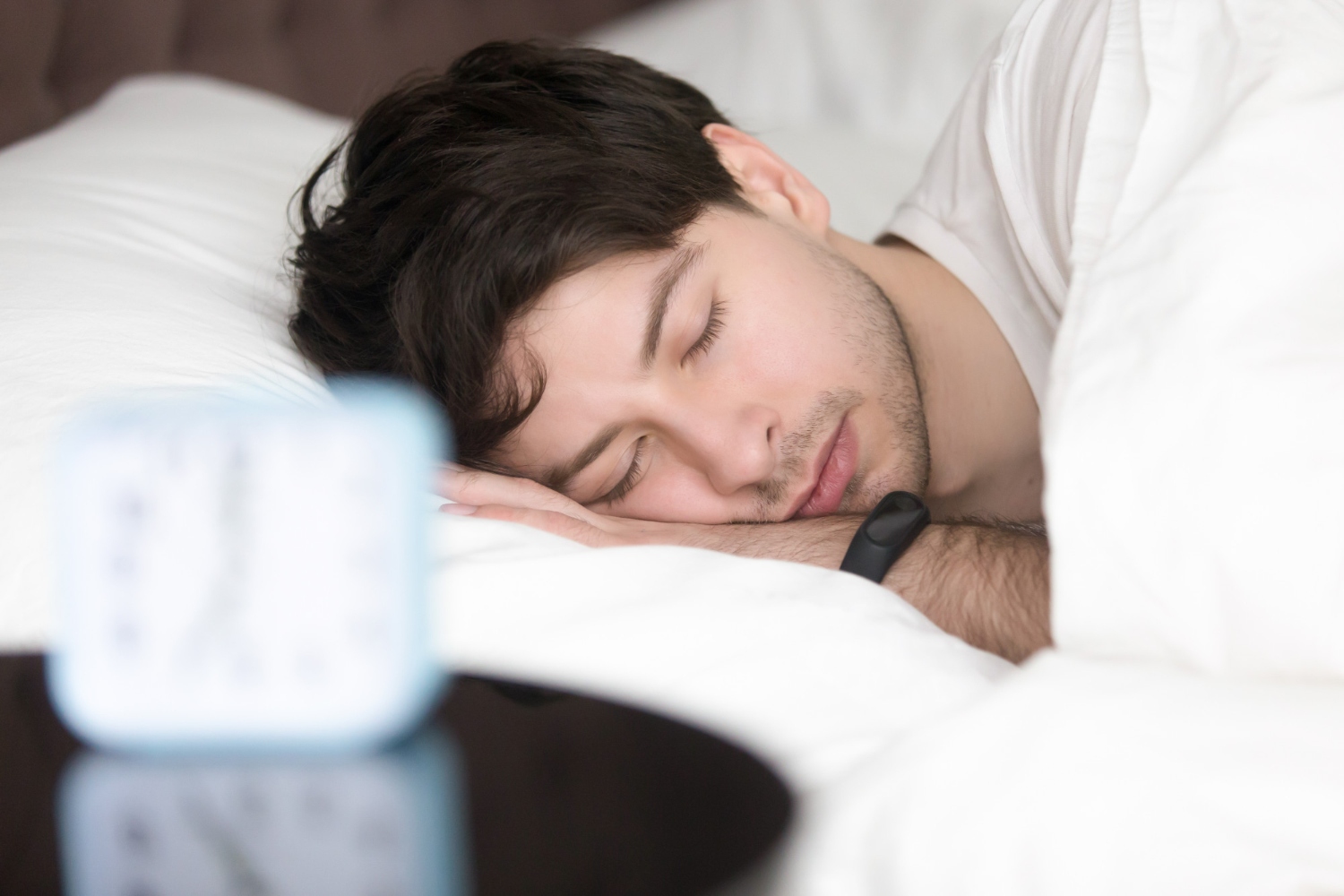
Getting enough rest plays a crucial role in maintaining healthy hair, and a lack of quality sleep can exacerbate hair loss in several ways. Poor sleep is both a cause and a result of stress. It can disrupt your hormones and increase stress, potentially contributing to hair loss. Aim for seven to nine hours of quality sleep per night. Try to develop a consistent sleep schedule, reduce screen time before bed, and create a calming nighttime routine like taking a warm bath and reading. Additionally, you can sip on some calming chamomile, lavender, or peppermint tea before bed to get better sleep.
Sleep helps regulate the production of cortisol, the stress hormone. Chronic lack of sleep can lead to elevated cortisol levels, which is associated with telogen effluvium (temporary hair shedding) and even androgenetic alopecia (pattern baldness) in some cases. Adequate sleep helps keep cortisol levels in check, which can help prevent stress-induced hair loss.
Look out for these ingredients in hair tonics
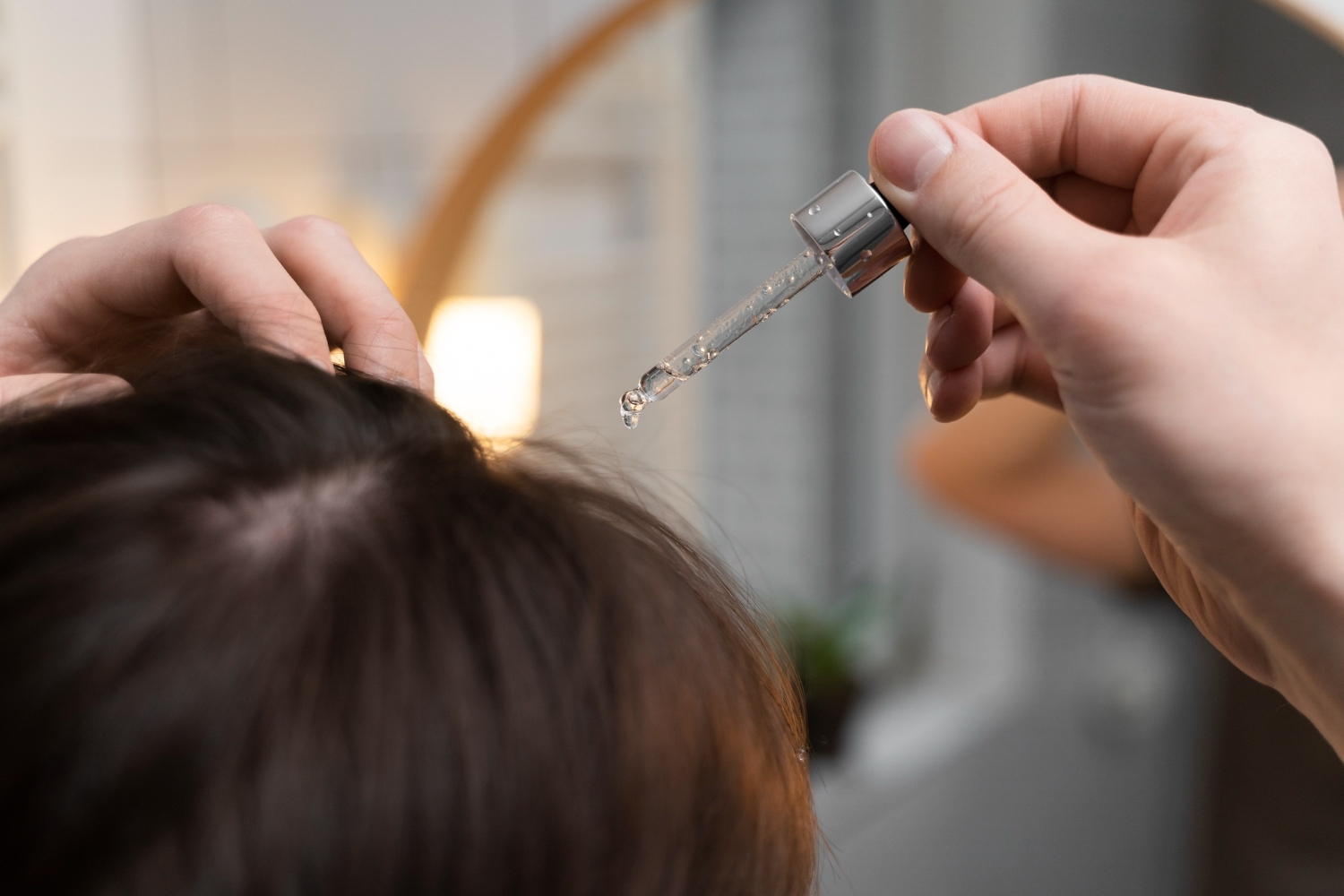
Hair tonics for men dealing with hair loss can be a helpful addition to your hair care routine. These products are designed to stimulate the scalp, improve circulation, nourish hair follicles, and in some cases, may help reduce hair shedding or promote regrowth. While hair tonics can’t replace treatments like hair transplants or medications, they can support healthier hair by improving the scalp and strengthening the hair shaft.
When purchasing hair tonics, look out for key ingredients like Minoxidil or Rogaine, Biotin or Vitamin B7, Saw Palmetto, Ginseng, Niacin or Vitamin B3, and Nettle Extract. Most hair tonics are potent, so make sure not to use more than two ingredients at once. Additionally, use your hair tonics daily – unless stated – as consistency is key to boosting hair growth. Some hair tonics to consider are Augustinus Bader The Scalp Treatment, Omorovicza Revitalising Scalp Mask, Cavilla Hair Tonic, Dr. Barbara Sturm Anti-Hair Fall Scalp Serum, Andsons’ 5% Hair Growth Topical Solution, and Aveda Invati Ultra Advanced Revitalizing Scalp Serum.
Do note that hair tonics are not magic potions, and different ingredients work differently depending on the cause of your hair loss. If hair tonics are not working well for your scalp’s condition, a hair transplant may be a better choice.
Consider getting Follicular Unit Extraction treatment
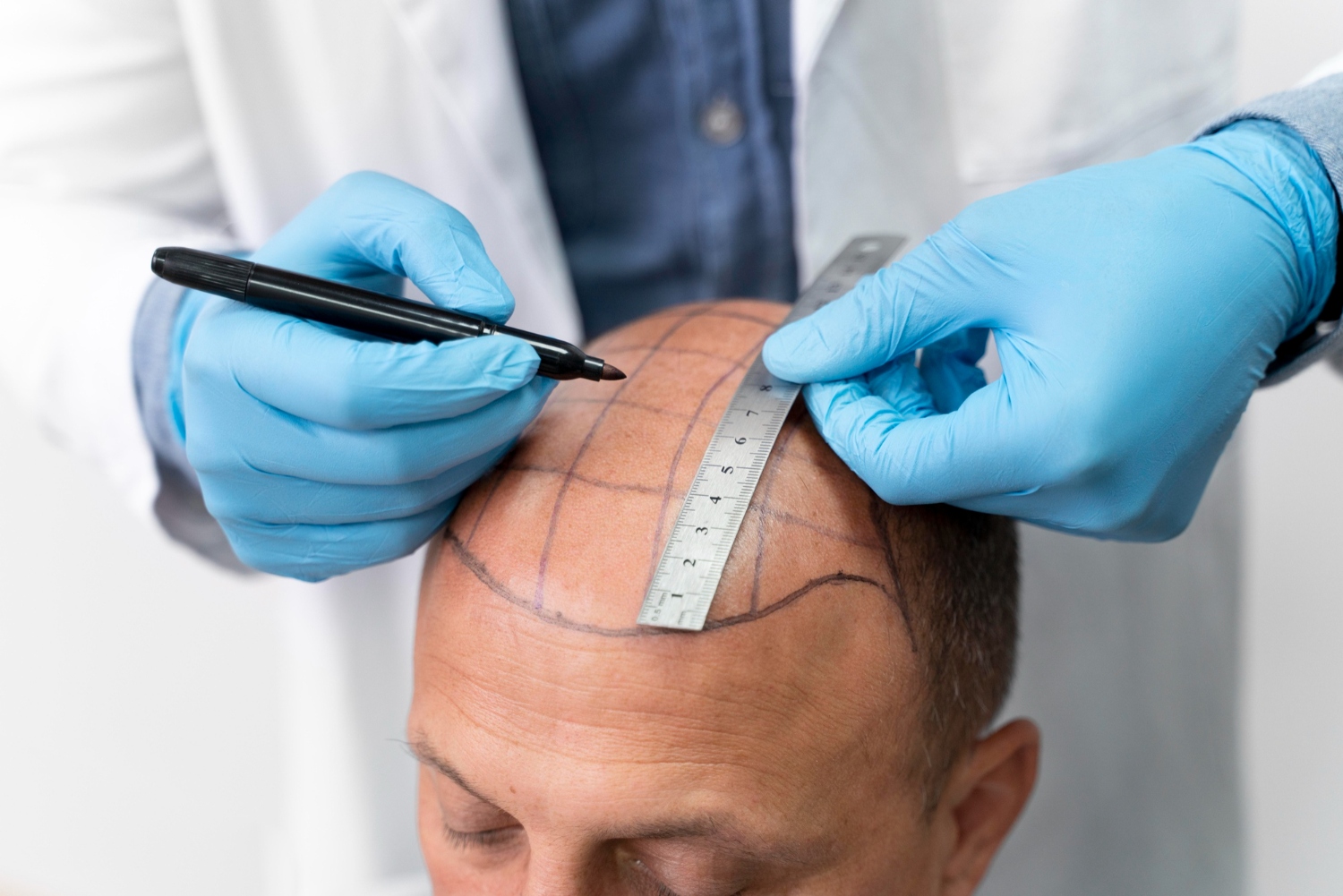
If you are looking for better and faster results, then consider going for the Follicular Unit Extraction hair transplant. It’s a surgical procedure that involves moving hair follicles from one part of your body – often the back or sides of the scalp – to an area with thinning or no hair. It’s a popular solution for those dealing with severe hair loss, especially androgenetic alopecia (male pattern baldness) or other forms of hair thinning that don’t respond to medications like minoxidil or finasteride.
Get the Follicular Unit Transplantation treatment as an alternative
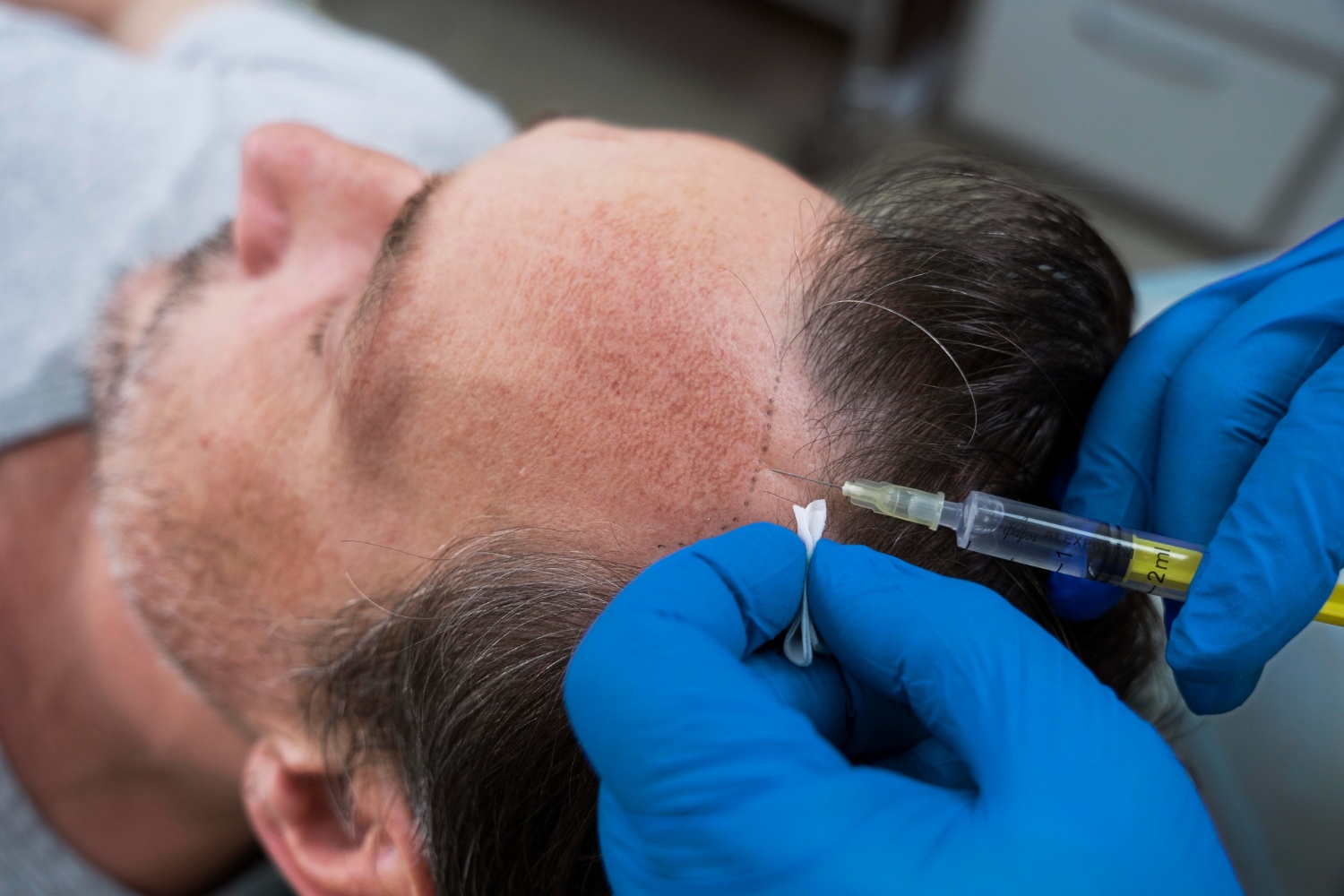
This particular treatment – sometimes referred to as the ‘strip method’ – is one of the most common and established techniques for hair restoration. It involves surgically removing a strip of scalp from the back or sides of the head, where hair is genetically resistant to balding, and then dissecting this strip into individual follicular units. These units, which typically contain one to four hair strands, are then transplanted into the areas where hair is thinning or balding.
There are plenty of solutions to men’s hair loss problems. Try the non-surgical methods to see if there are any improvements. If not, go for the hair transplant methods for better results.
Read more grooming stories here.




